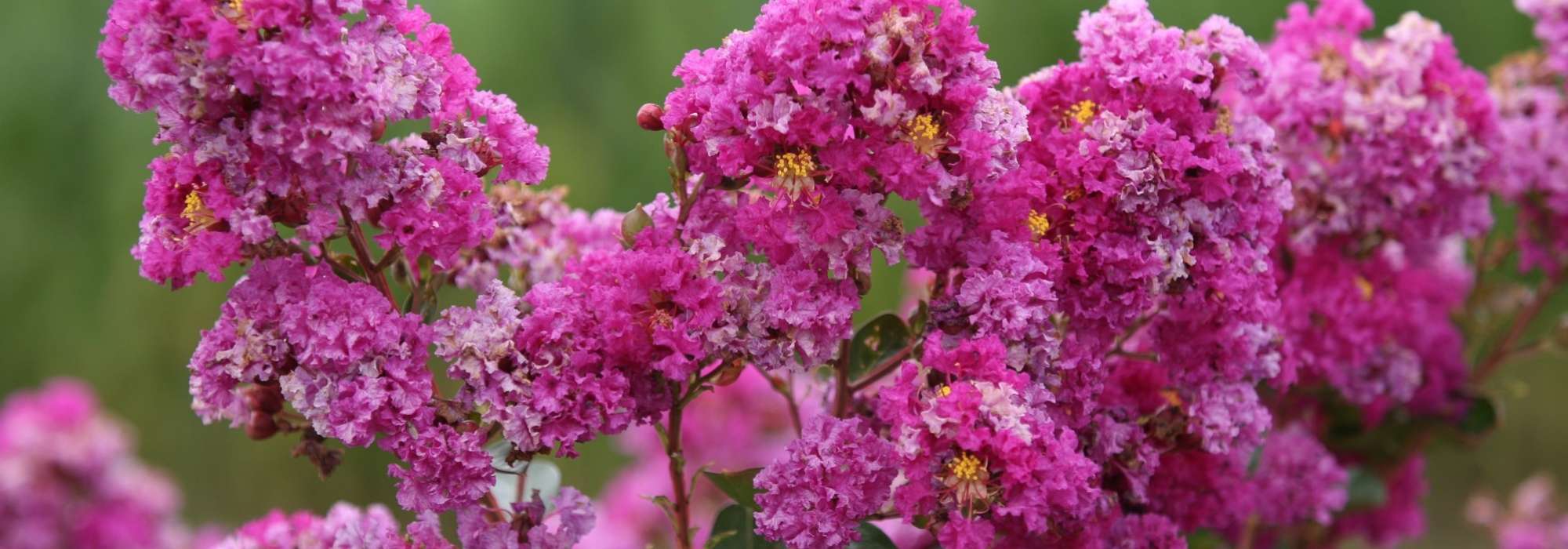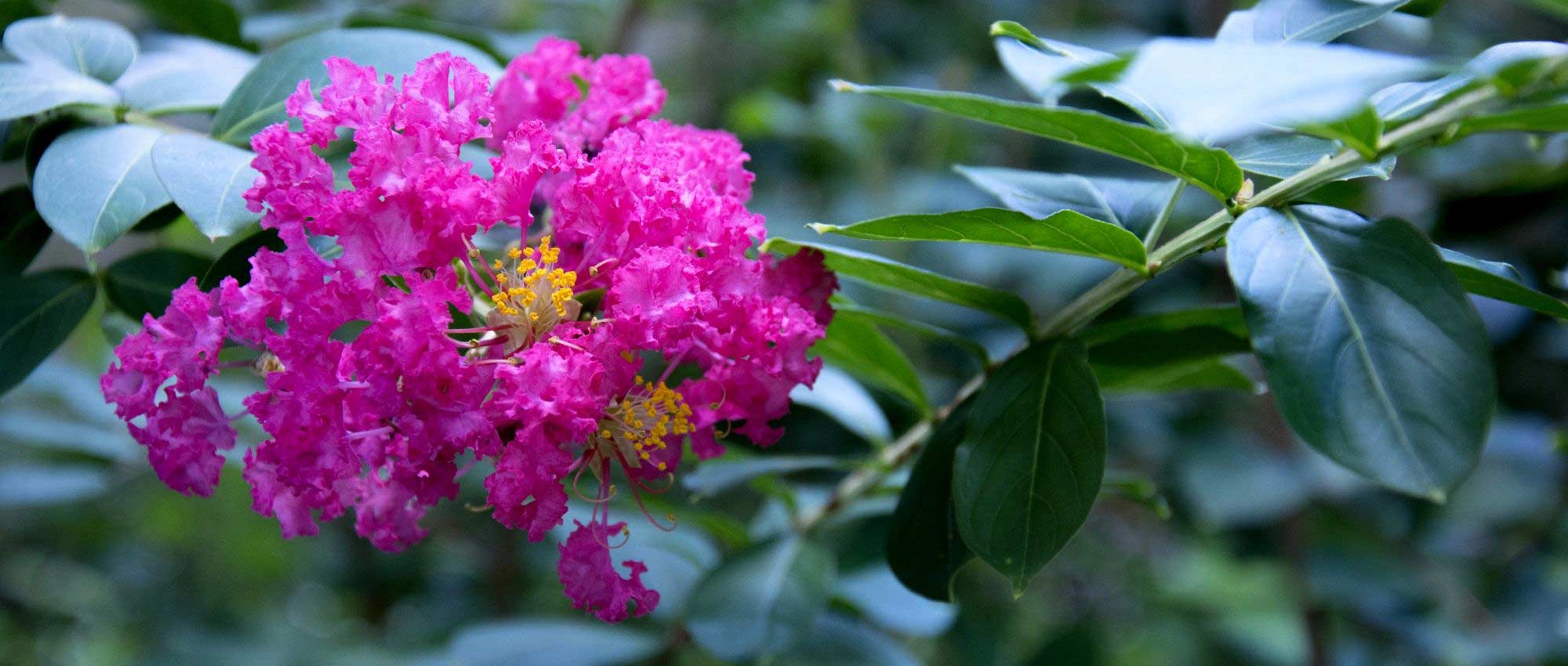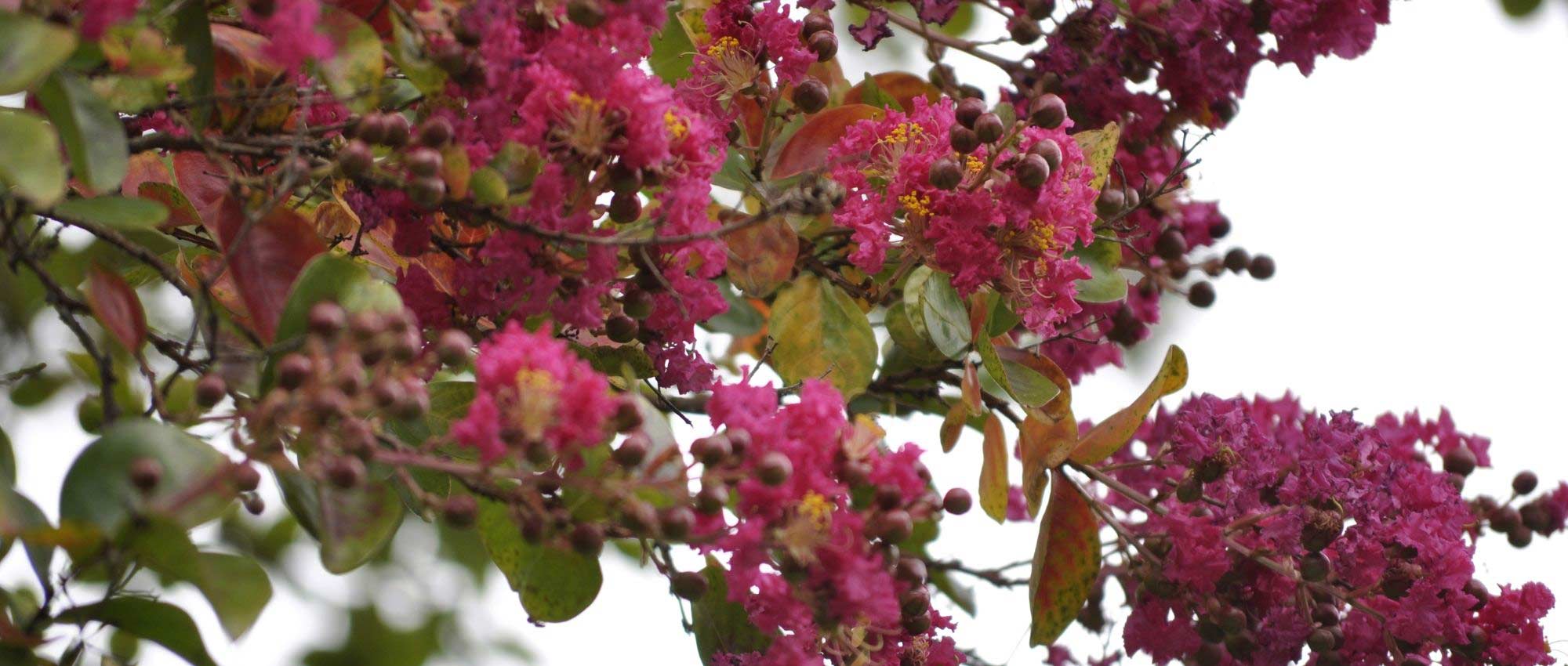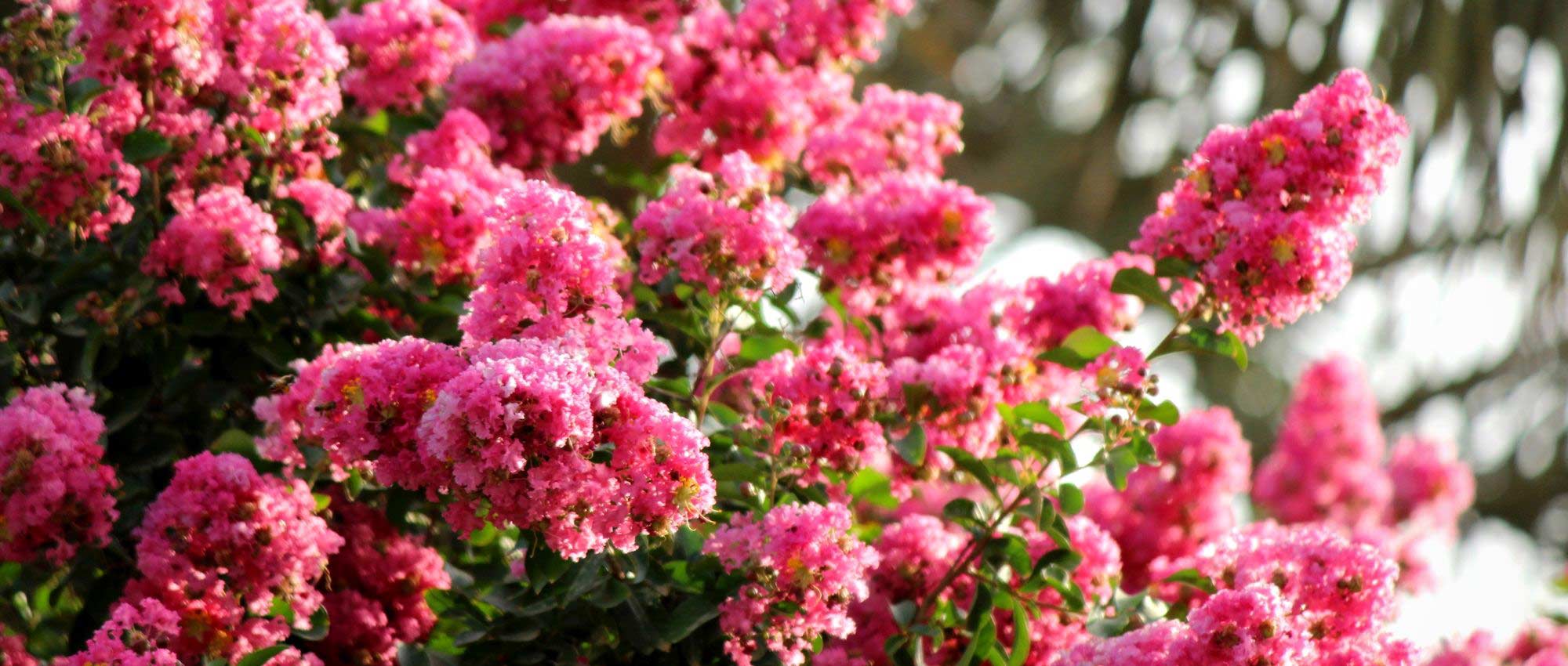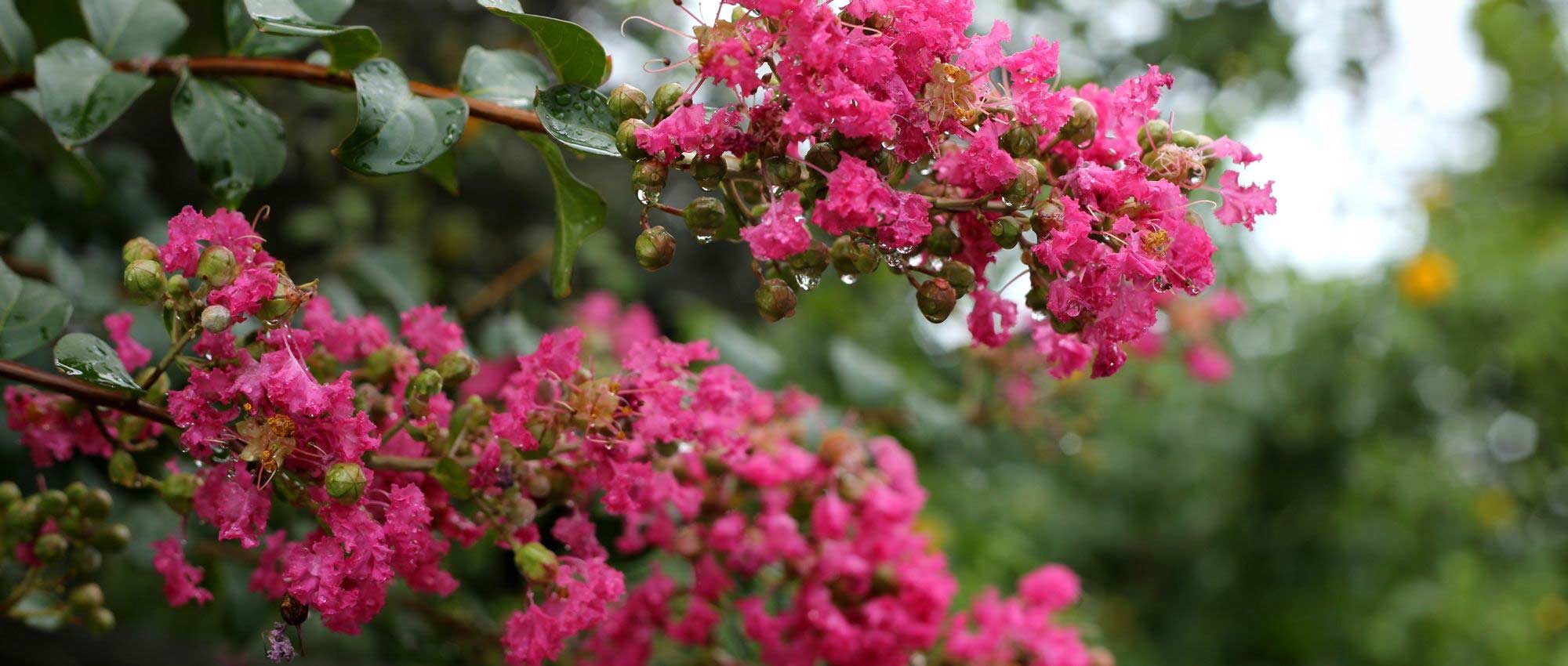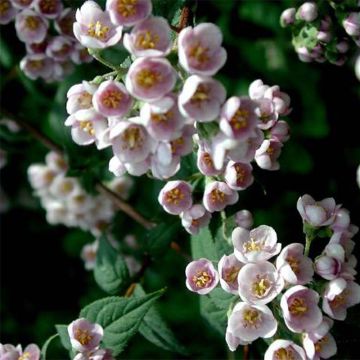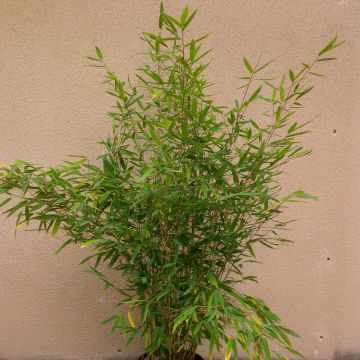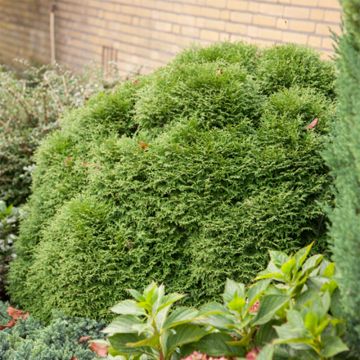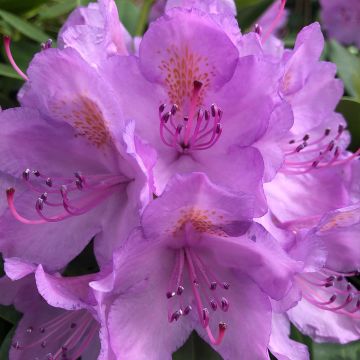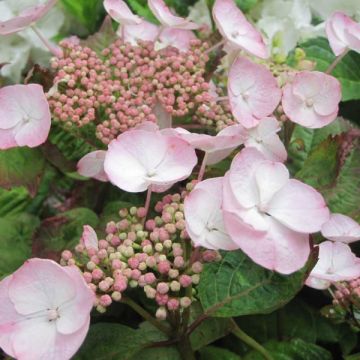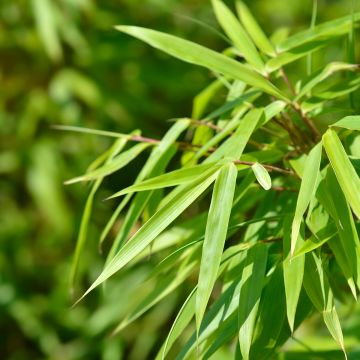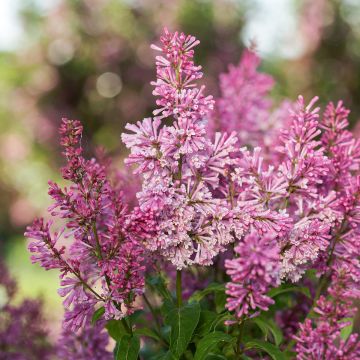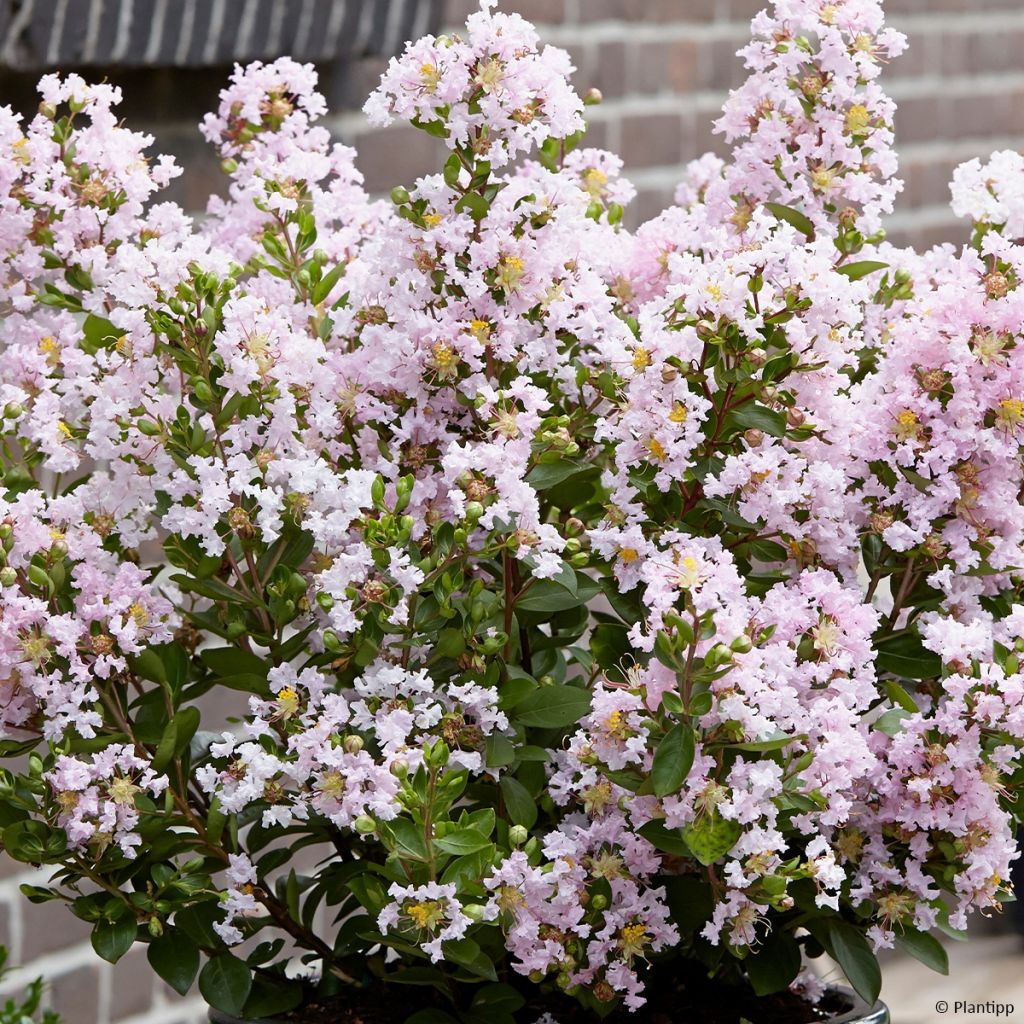

Lagerstroemia indica With Love Babe - Crape Myrtle
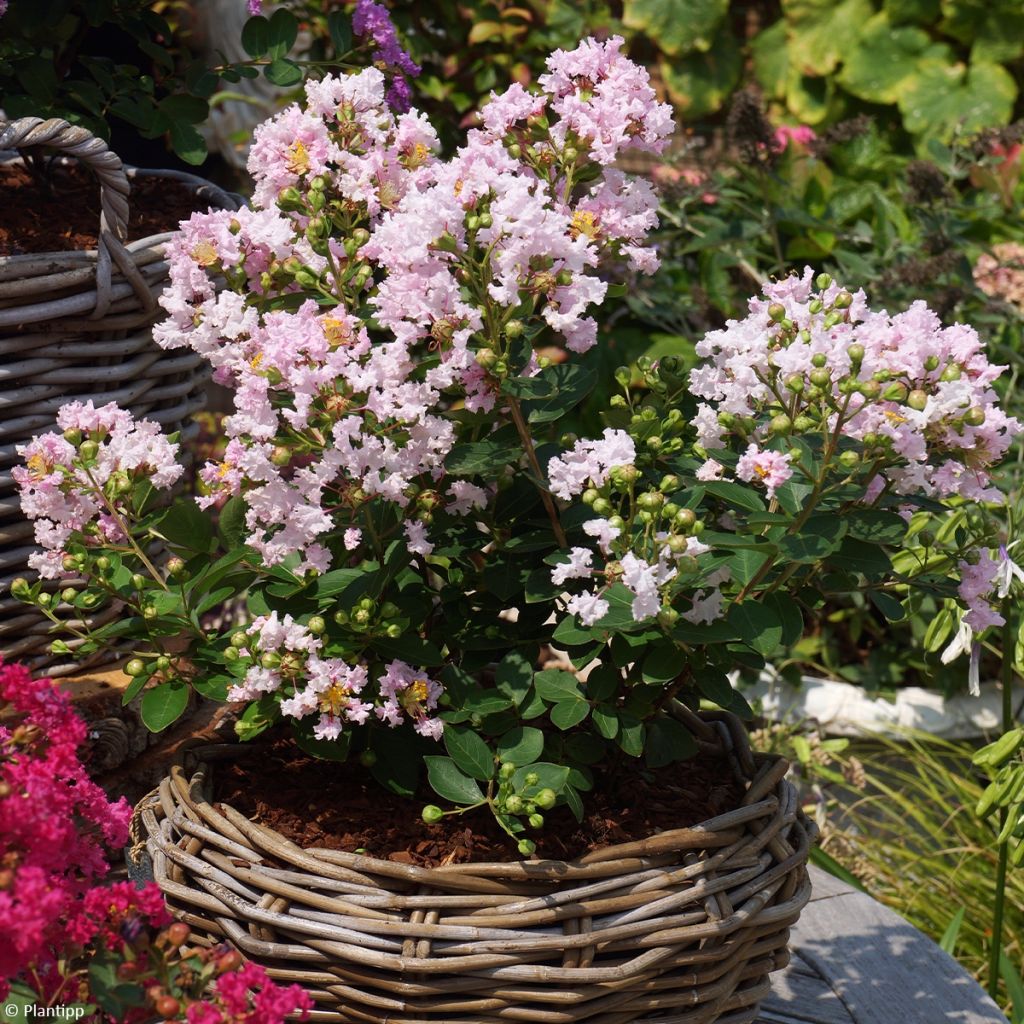

Lagerstroemia indica With Love Babe - Crape Myrtle
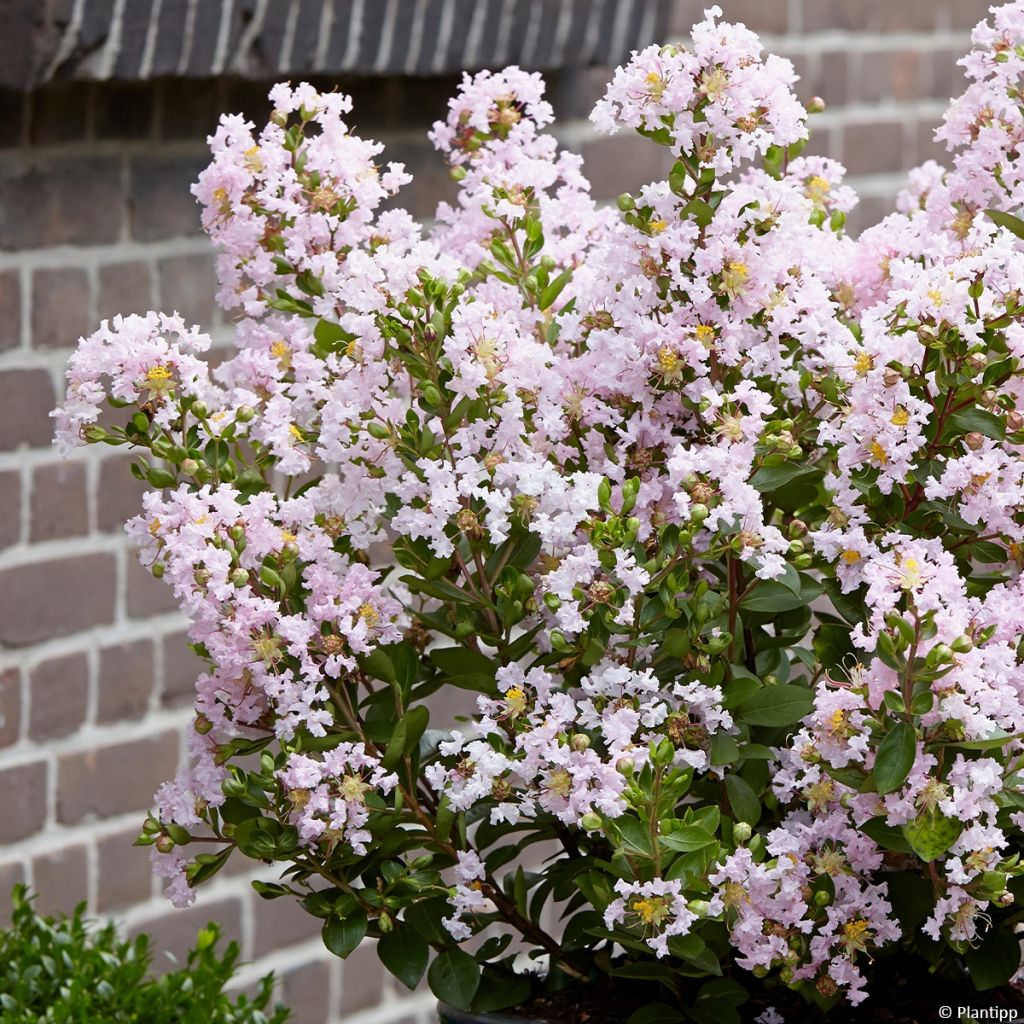

Lagerstroemia indica With Love Babe - Crape Myrtle
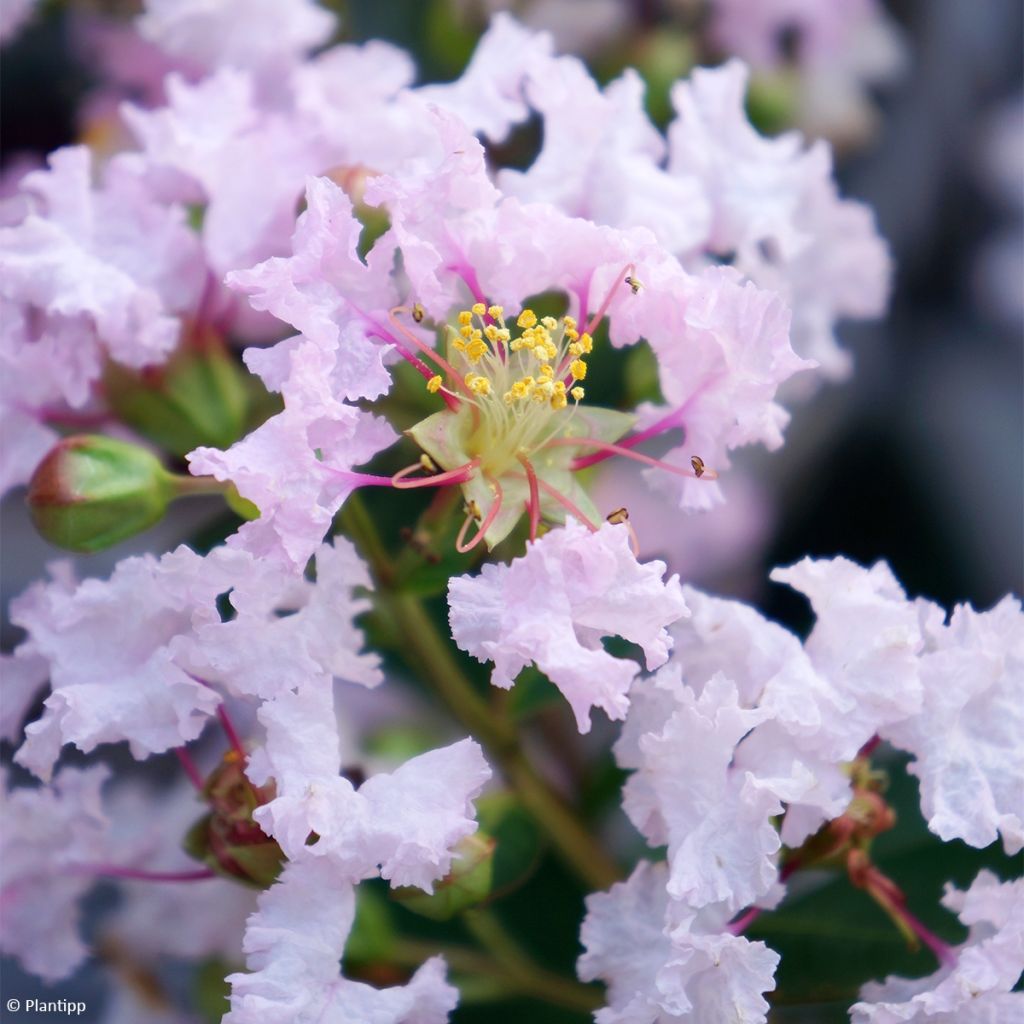

Lagerstroemia indica With Love Babe - Crape Myrtle
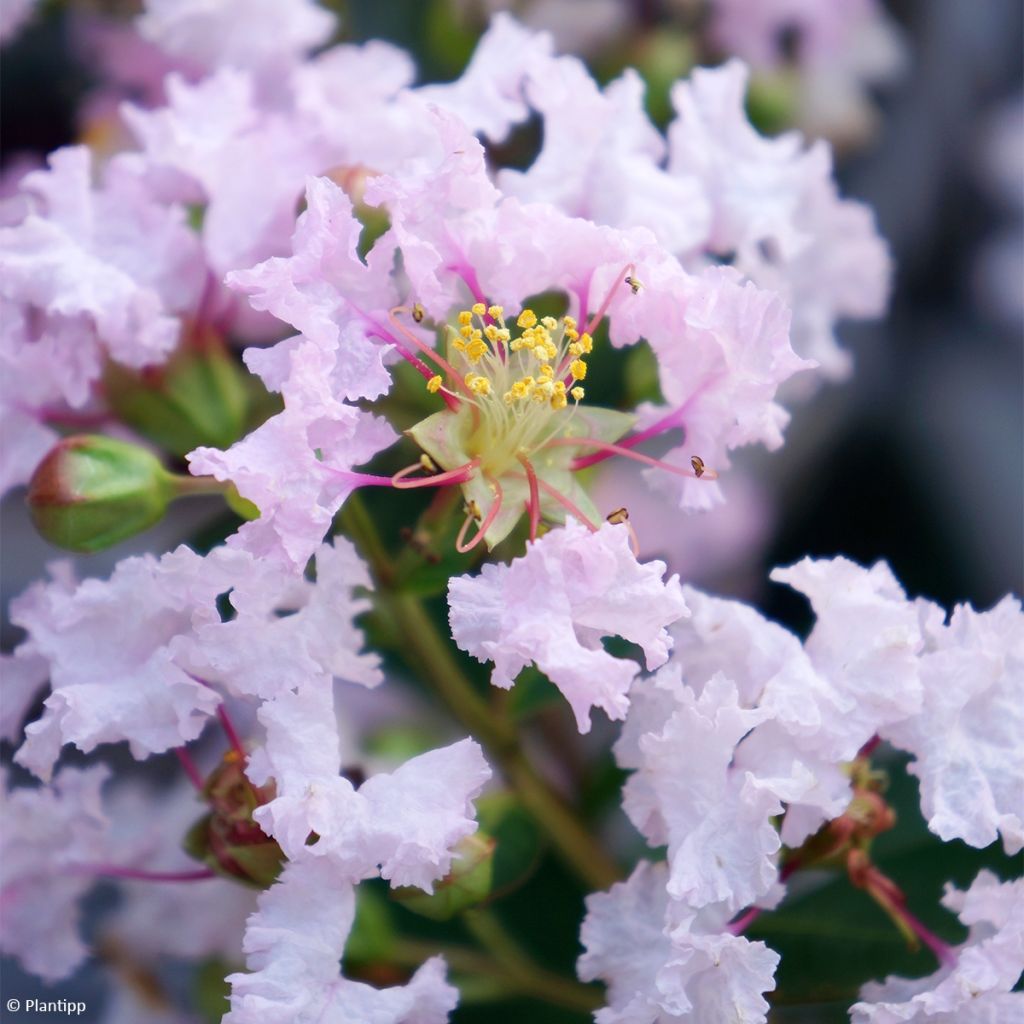

Lagerstroemia indica With Love Babe - Crape Myrtle
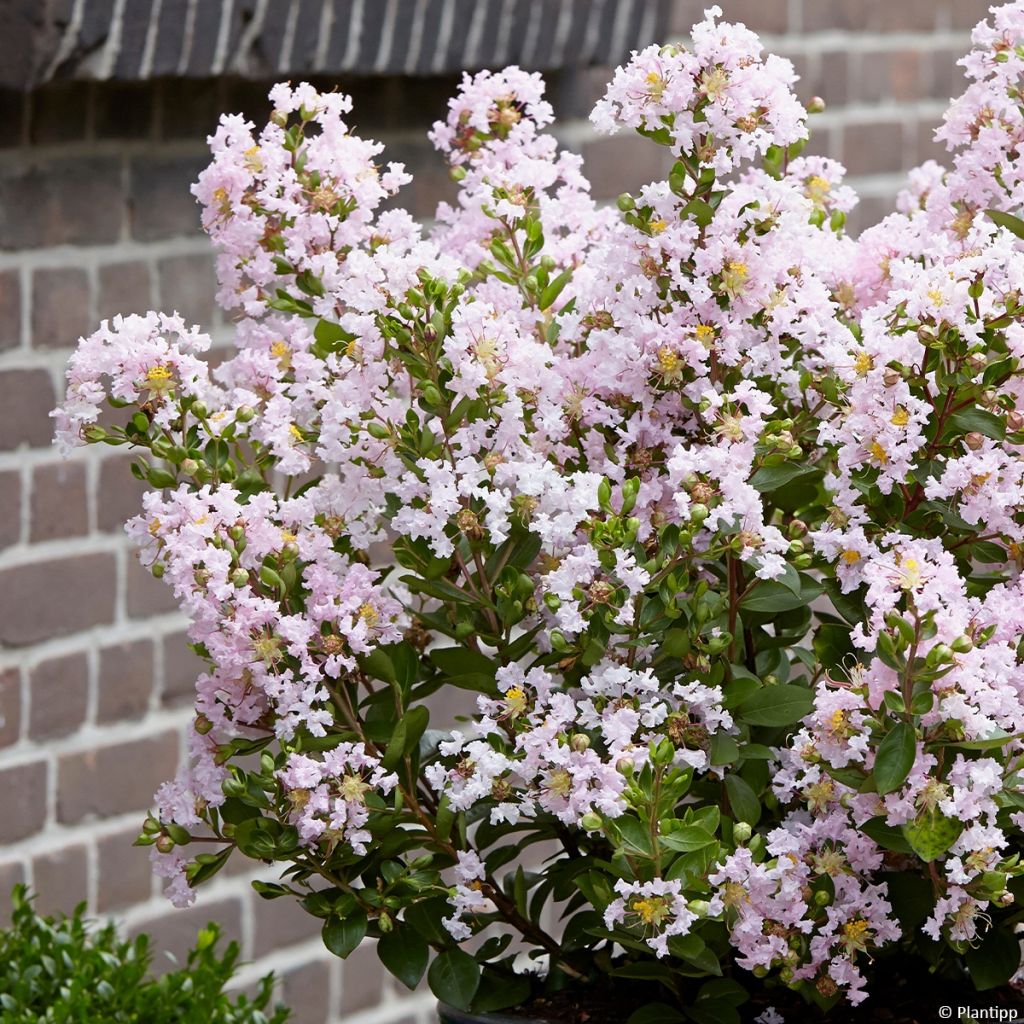

Lagerstroemia indica With Love Babe - Crape Myrtle
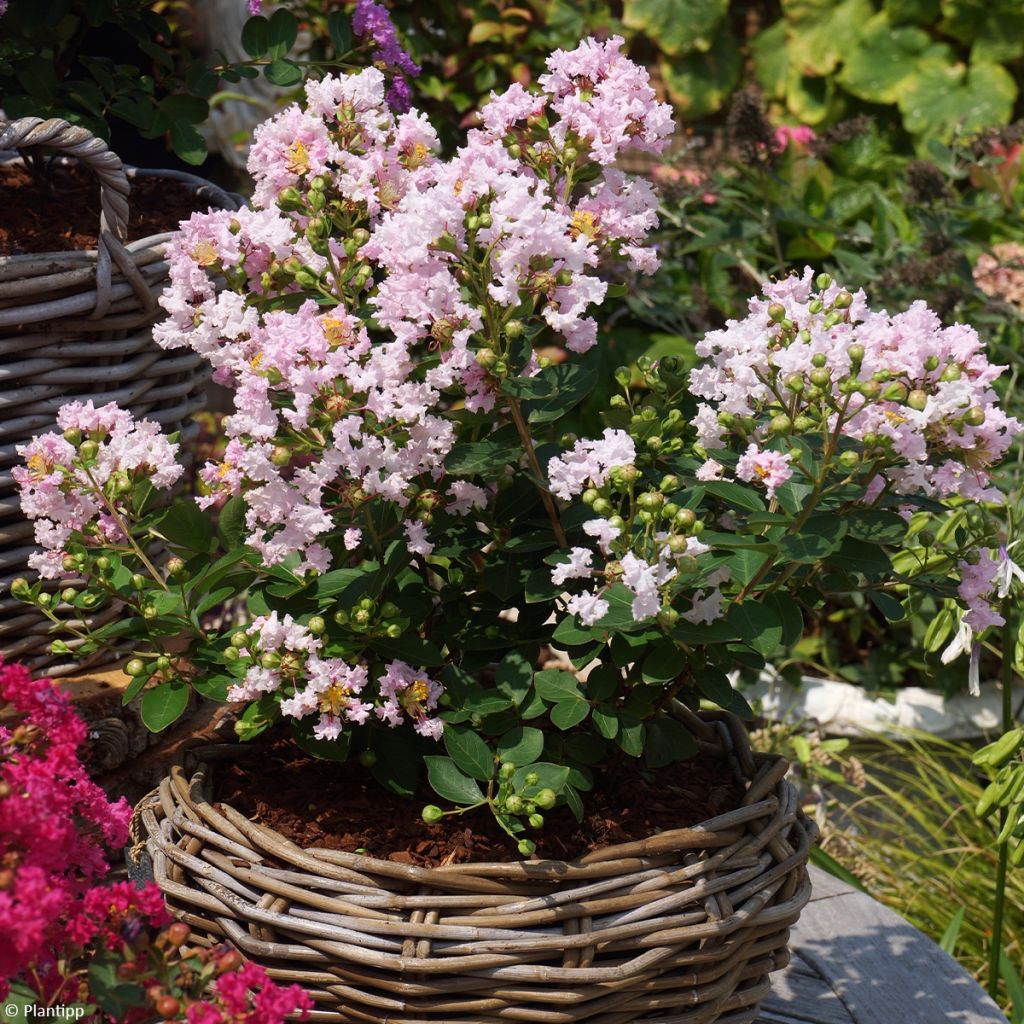

Lagerstroemia indica With Love Babe - Crape Myrtle
Lagerstroemia indica With Love Babe - Crape Myrtle
Lagerstroemia indica With Love Babe ('Milaperl'PBR)
Crape Myrtle, Crepe Myrtle, Indian Lilac
Absolutely pathetic, how can they ship young plants that are half dead??? Only one or two viable stems, what a disgrace to flower promises.
Jp, 07/10/2022
Special offer!
Receive a €20 voucher for any order over €90 (excluding delivery costs, credit notes, and plastic-free options)!
1- Add your favorite plants to your cart.
2- Once you have reached €90, confirm your order (you can even choose the delivery date!).
3- As soon as your order is shipped, you will receive an email containing your voucher code, valid for 3 months (90 days).
Your voucher is unique and can only be used once, for any order with a minimum value of €20, excluding delivery costs.
Can be combined with other current offers, non-divisible and non-refundable.
Home or relay delivery (depending on size and destination)
Schedule delivery date,
and select date in basket
This plant carries a 24 months recovery warranty
More information
We guarantee the quality of our plants for a full growing cycle, and will replace at our expense any plant that fails to recover under normal climatic and planting conditions.
Would this plant suit my garden?
Set up your Plantfit profile →
Description
The Lagerstroemia indica 'Babe' ( also called 'Milaperl) is a pretty soft pink variety of the With Love series which brings together truly compact Indian lilacs with generous flowering, highly frost resistant, perfect for the decoration of pots and small gardens. This one bears numerous frothy clusters of shy pink, absolutely charming. Summer lilacs are also appreciated for their richly coloured bark, ornamental all year round, as well as their beautiful autumn colours. These bushes love heat, but appreciate a little coolness in summer to support their flowering. This one is easy to grow in various regions.
The Lagerstroemia indica 'Babe', recently obtained in Italy, is part of a series of hybrids carefully selected for their compactness, their precocity, their floribundus and their hardiness. The Indian lilacs 'With Love' come in pale pink (Babe), purple mauve (Eternal), bright pink (Girl), pure white (Virgin) and dark pink (Kiss).
The Indian lilac 'Babe with Love' belongs to the Lythraceae family, like the Lagerstroemia indica, from which it comes. Small in size, it will reach approximately 70 cm (27.6 in) in height and 40 cm (15.7 in) in width at maturity. Its growth is rather slow. It chooses the month of July to start its flowering, which will continue until September. The large inflorescences, in ramified clusters, are composed of very numerous small flowers borne on thin pedicels. Each flower has five very undulate petals, the texture of which resembles that of a crepe. They are gathered in large, dense panicles, at the end of the year's branches.
In 'Babe', the floral buds bloom generously into pale pink flowers that fade over the days, creating a subtle gradient of pastel tones on the scale of the bush. The foliage is born bronze in spring, then becomes deep green and glossy. It is composed of ovate leaves, which take orange or coppery shades in autumn, depending on the climate, before falling. Finally, and to finish in beauty, its bark is decorative: smooth, beige, striations with grey, red-brown, peeling off in coloured plates (cinnamon, faded red, old rose, cream).
Preferring the humid and hot southern Atlantic to the dry and windy Mediterranean, it nevertheless succeeds well on the Côte d'Azur provided it is watered in summer. This bush also deserves to be acclimatised in the colder areas of our country, by carefully choosing the variety - and Babe With Love is a good candidate for this. It is in isolation, near the house, that you will be able to fully enjoy its generosity. It will also look good in a bush grouping, a flowering hedge, or emerging from a mound of perennials. 'Babe With Love', having a pale flowering, you can associate it with plants with stronger colours, which will create pleasant contrasts of tones. Thus, the bright pink flowers of the Hibiscus syriacus Woodbridge will match well with hers, unless you want a stronger tone opposition, in which case the Buddleia davidii Masquerade will satisfy you. Not only will its long panicles of purple-violet flowers contrast well with the pale pink of our Lagerstroemia, but its yellow variegated foliage will create a beautiful opposition to the deep green of 'Babe With Love'. For those who like softness and romanticism, a beautiful duo can be formed by choosing the Lavatera Frederique, a beautiful shrubby Lavatera with white flowers slightly enhanced with pink in their heart.
NB: Karl Von Linnaeus named this tree to honour his friend Magnus Von Lagestroem (1696 – 1759), who had sent it to him from India for identification. Originally, this tree was used to decorate Chinese temples. We would like to point out that this tree produces fruits that have a narcotic action if ingested.
Lagerstroemia indica With Love Babe - Crape Myrtle in pictures
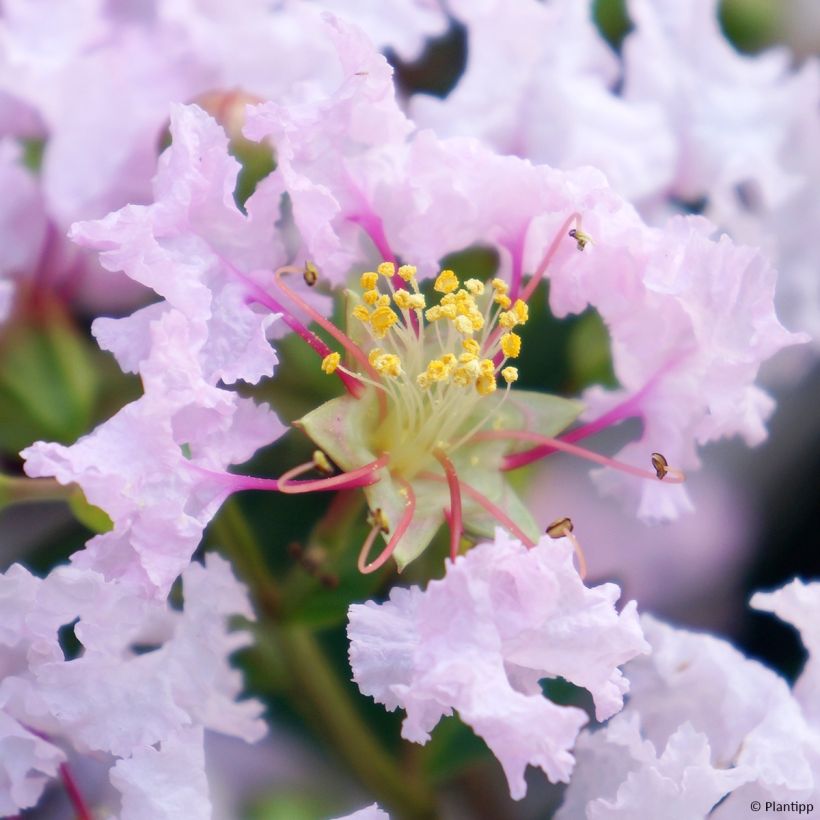

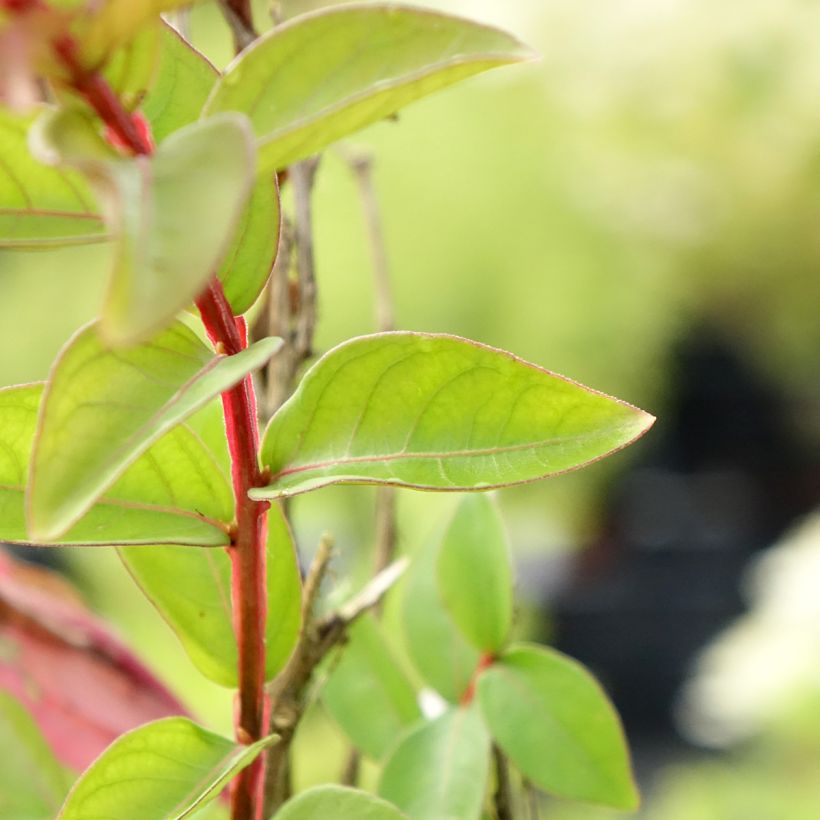

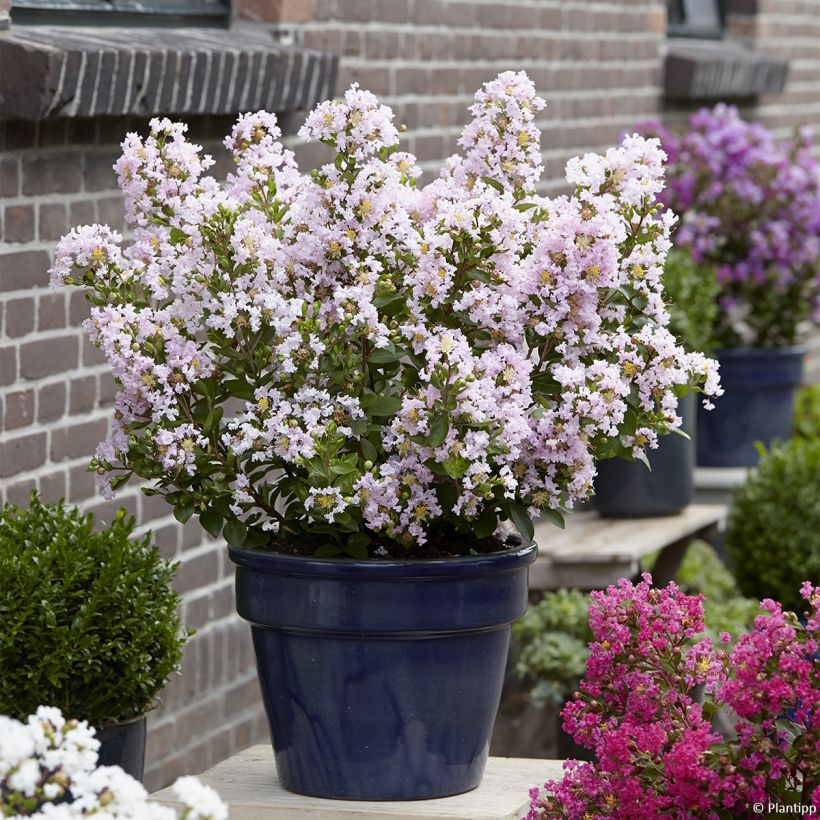

Plant habit
Flowering
Foliage
Botanical data
Lagerstroemia
indica
With Love Babe ('Milaperl'PBR)
Lythraceae
Crape Myrtle, Crepe Myrtle, Indian Lilac
Cultivar or hybrid
Planting and care
We recommend planting the Lagerstroemia indica 'Babe With Love' in the spring, when frosts are no longer to be feared, in a very sunny and sheltered situation, in rich soil, rather fresh, well drained and if possible slightly acidic, neutral or little calcareous. In the southern region, however, it would be better to plant it in the autumn so that it can take advantage of the seasonal rains to root. It will appreciate a contribution of compost and a thick layer of dead leaves, especially the first two winters in slightly cold regions. It is necessary to prune the flowering branches very short in February-March, leaving only 4 to 6 buds to balance its branches and stimulate the growth of future flower-bearing branches. Also remove weak twigs that will produce no flowers and poorly positioned branches.
Cultivation in a container or in a large pot is possible, even recommended in regions where frosts are severe and prolonged. This bush, however, resists up to -15°C (5 °F) at peak, once it is old enough and well established.
Planting period
Intended location
Care
Planting & care advice
-
, onOrder confirmed
Reply from on Promesse de fleurs
Similar products
Haven't found what you were looking for?
Hardiness is the lowest winter temperature a plant can endure without suffering serious damage or even dying. However, hardiness is affected by location (a sheltered area, such as a patio), protection (winter cover) and soil type (hardiness is improved by well-drained soil).

Photo Sharing Terms & Conditions
In order to encourage gardeners to interact and share their experiences, Promesse de fleurs offers various media enabling content to be uploaded onto its Site - in particular via the ‘Photo sharing’ module.
The User agrees to refrain from:
- Posting any content that is illegal, prejudicial, insulting, racist, inciteful to hatred, revisionist, contrary to public decency, that infringes on privacy or on the privacy rights of third parties, in particular the publicity rights of persons and goods, intellectual property rights, or the right to privacy.
- Submitting content on behalf of a third party;
- Impersonate the identity of a third party and/or publish any personal information about a third party;
In general, the User undertakes to refrain from any unethical behaviour.
All Content (in particular text, comments, files, images, photos, videos, creative works, etc.), which may be subject to property or intellectual property rights, image or other private rights, shall remain the property of the User, subject to the limited rights granted by the terms of the licence granted by Promesse de fleurs as stated below. Users are at liberty to publish or not to publish such Content on the Site, notably via the ‘Photo Sharing’ facility, and accept that this Content shall be made public and freely accessible, notably on the Internet.
Users further acknowledge, undertake to have ,and guarantee that they hold all necessary rights and permissions to publish such material on the Site, in particular with regard to the legislation in force pertaining to any privacy, property, intellectual property, image, or contractual rights, or rights of any other nature. By publishing such Content on the Site, Users acknowledge accepting full liability as publishers of the Content within the meaning of the law, and grant Promesse de fleurs, free of charge, an inclusive, worldwide licence for the said Content for the entire duration of its publication, including all reproduction, representation, up/downloading, displaying, performing, transmission, and storage rights.
Users also grant permission for their name to be linked to the Content and accept that this link may not always be made available.
By engaging in posting material, Users consent to their Content becoming automatically accessible on the Internet, in particular on other sites and/or blogs and/or web pages of the Promesse de fleurs site, including in particular social pages and the Promesse de fleurs catalogue.
Users may secure the removal of entrusted content free of charge by issuing a simple request via our contact form.
The flowering period indicated on our website applies to countries and regions located in USDA zone 8 (France, the United Kingdom, Ireland, the Netherlands, etc.)
It will vary according to where you live:
- In zones 9 to 10 (Italy, Spain, Greece, etc.), flowering will occur about 2 to 4 weeks earlier.
- In zones 6 to 7 (Germany, Poland, Slovenia, and lower mountainous regions), flowering will be delayed by 2 to 3 weeks.
- In zone 5 (Central Europe, Scandinavia), blooming will be delayed by 3 to 5 weeks.
In temperate climates, pruning of spring-flowering shrubs (forsythia, spireas, etc.) should be done just after flowering.
Pruning of summer-flowering shrubs (Indian Lilac, Perovskia, etc.) can be done in winter or spring.
In cold regions as well as with frost-sensitive plants, avoid pruning too early when severe frosts may still occur.
The planting period indicated on our website applies to countries and regions located in USDA zone 8 (France, United Kingdom, Ireland, Netherlands).
It will vary according to where you live:
- In Mediterranean zones (Marseille, Madrid, Milan, etc.), autumn and winter are the best planting periods.
- In continental zones (Strasbourg, Munich, Vienna, etc.), delay planting by 2 to 3 weeks in spring and bring it forward by 2 to 4 weeks in autumn.
- In mountainous regions (the Alps, Pyrenees, Carpathians, etc.), it is best to plant in late spring (May-June) or late summer (August-September).
The harvesting period indicated on our website applies to countries and regions in USDA zone 8 (France, England, Ireland, the Netherlands).
In colder areas (Scandinavia, Poland, Austria...) fruit and vegetable harvests are likely to be delayed by 3-4 weeks.
In warmer areas (Italy, Spain, Greece, etc.), harvesting will probably take place earlier, depending on weather conditions.
The sowing periods indicated on our website apply to countries and regions within USDA Zone 8 (France, UK, Ireland, Netherlands).
In colder areas (Scandinavia, Poland, Austria...), delay any outdoor sowing by 3-4 weeks, or sow under glass.
In warmer climes (Italy, Spain, Greece, etc.), bring outdoor sowing forward by a few weeks.






























